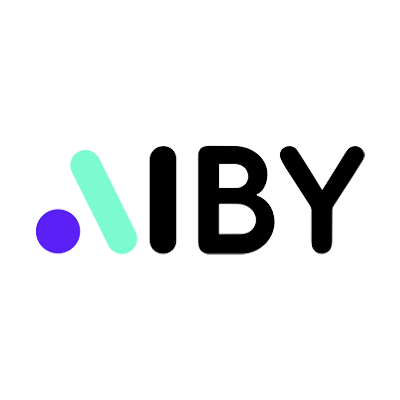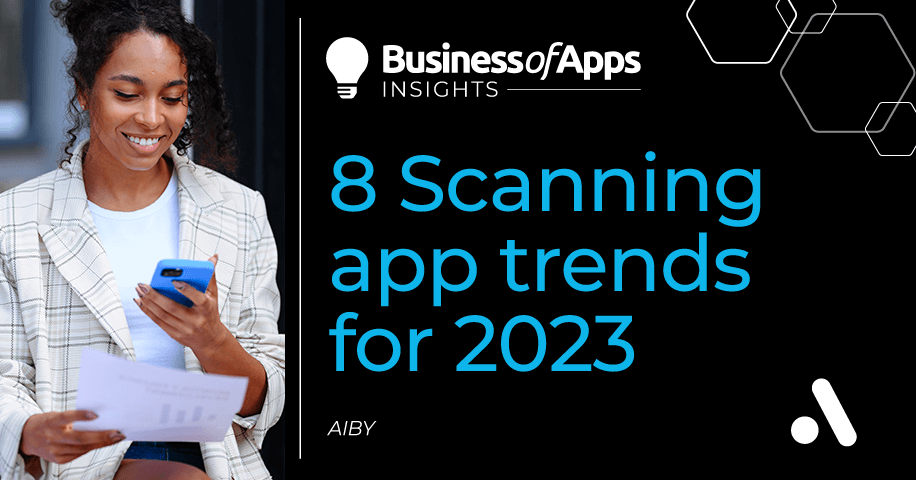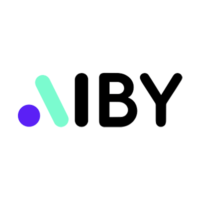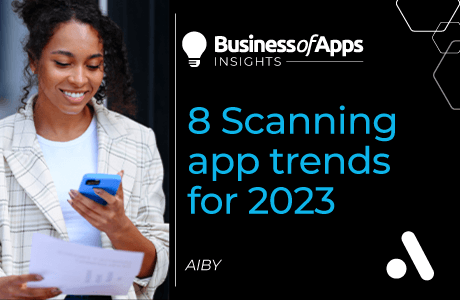The Work From Home and Hybrid Work era has changed not only the users’ daily habits but also the way they look at mobile apps. The opportunity to work from anywhere in the world with a minimum of technical means requires the developers to create new features. This has allowed people to complete most of their tasks using special apps instead of coming to an office. For example, since the beginning of the pandemic, scanning apps have greatly expanded their functionality and target audience. Matt Svetlak, the VP of Product at iScanner, BP Mobile (AIBY Group), has analyzed the trends in such apps and is ready to share them.
Scanning apps are turning into super apps
3–4 years ago, a good scanning app could only convert a photo of a document to PDF. But the need to work with documents from different locations without always being able to transfer PDF documents to a computer resulted in a variety of new features: editing, signing, merging, and splitting PDFs, adding text, annotating, etc. In fact, a scanning app can fully replace a laptop. Now, you just need a smartphone to make all the necessary changes to a document. Moreover, many apps have an elaborate system of file storage, which is very convenient when working with large volumes of documents. While the trend mostly relates to the development of document editing, some developers can offer users photo editor features.
Special scanning modes are being created for the users’ tasks
Developers constantly study the needs of the audience and analyze what types of documents users scan most often and what problems they may encounter. Consequently, they develop scanning modes for common document types, which helps define document borders faster. For example, the most common scanning modes now are full-size format documents, passports, ID cards, business cards, book pages, and even room scans with dimensions. Furthermore, since the beginning of the pandemic, the demand for QR-code scanning has not decreased.
Neural networks are enhancing document quality
Developers train AI, which helps improve the quality of document processing significantly. A neural network helps remove creases, curves, fingerprints, and many other distortions that just a year ago could have made the document unusable. This way, scanning apps are beginning to outperform stationary scanners in cases where it is difficult to get high-quality scans of certain types of documents, such as books and magazines.
In general, the use of AI in mobile apps is becoming more and more accessible now. Many developers use the common solutions provided by Apple and Google for their products and implement them in their apps. At the same time, the major market players can afford to develop their own algorithms based on common solutions that will handle the specific tasks of users better.
Popularity of smart features is growing
AI-based OCR (optical character recognition) is a modern tool that allows you to select text from a scanned document and edit it. Smart document naming is another feature based on neural networks. The feature gives users hints on how to name documents while saving them. Thus, the user saves time and doesn’t think about the tasks that AI can handle.
Apps are becoming more customizable
Customizing apps to your own needs is becoming the norm today. First and foremost, users need apps to include the features they use on a daily basis. In order to meet this demand, developers offer quick access to frequently recurring actions and other ways to easily automate small tasks. The user can also preset folders for different types of documents and enter and save data (addresses, details) to quickly fill out forms, such as resumes and cover letters.
Widgets are becoming increasingly commonplace. With the help of widgets, users can access to the main functions of an app on the home screen.
Today you can customize not only an app’s features but also its design. The possibility to choose between a dark and light app theme makes the user feel that the app is designed specifically for their needs.
Maximize App Growth with #1 App Store Optimization Company
Expand app store reach, increase downloads, boost engagement, lower acquisition costs & achieve higher user LTV with our leading ASO services & technology
Contact Us TodayFilters for document improvement are becoming even more diverse
Nowadays, a lot of attention is paid to filters in scanning apps. Right now, they mostly solve the issues of increasing the contrast and brightness of a document, but in the near future, filters adapted to the needs of the content creators may appear. For example, it will be possible to create a document background with visual effects using special filters.
The times when scanning apps were used solely for business purposes are gone forever. Now, according to surveys and reviews, more and more users are scanning notes, drawings, books, and recipes. The change in scanning purposes entails a change in user expectations.
Ads are disappearing from scanning apps
The publishers that aim at establishing long-term relationships with their users are going ad-free. They understand that ads are unacceptable for such types of tools. Generally, a scanning application is used to solve urgent tasks when every minute or second counts. In this case, ads can cause a user to miss an important deadline.
Users are invited to participate in product development
The style of interaction with app communities is changing. Nowadays, many teams are trying not only to listen to their users and develop the app according to the feedback they receive but also to give the users an opportunity to actively participate in product development. For example, users are invited to share photos of handwritten text. At iScanner, we ran the HandWriting Challenge, which helped train the AI and improve the recognition of handwritten text in users’ documents.
















